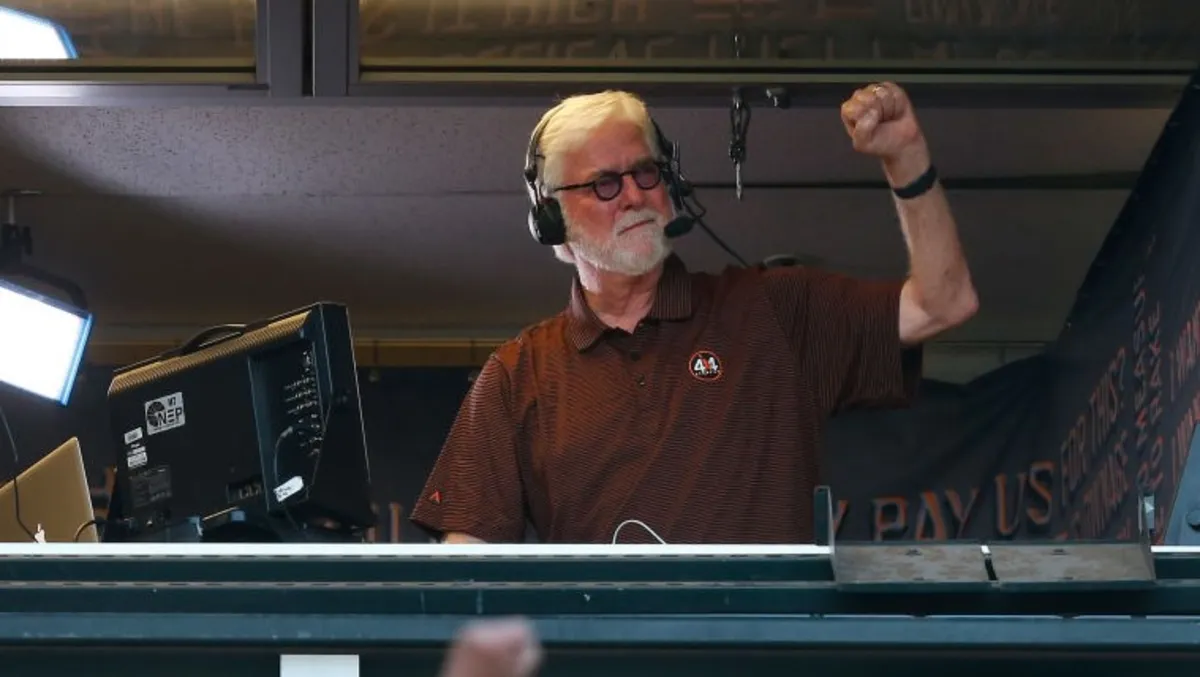
Following the first weekend of Major League Baseball (MLB) action, the buzz surrounding the innovative “torpedo bats” introduced by the New York Yankees is palpable. Among those who have expressed enthusiasm for these new bats is San Francisco Giants broadcaster Mike Krukow, who has drawn intriguing comparisons to past innovations in the sport.
The inception of the torpedo bats stems from a unique collaboration between an MIT physics professor and the Yankees' analytics department. The focus was on improving the performance of shortstop Anthony Volpe, who consistently made contact lower down the bat from the barrel. The simple yet effective solution involved adjusting the barrel's position to align more closely with Volpe's natural swing, resulting in a bat that resembles a bowling pin in shape.
The results of this innovative design were evident almost immediately. During the weekend series against the Milwaukee Brewers, the Yankees showcased their offensive prowess, hitting a remarkable total of 15 home runs, including a franchise-record nine on Saturday. Notably, nine of those home runs were attributed to players utilizing the torpedo bats, highlighting their effectiveness right out of the gate.
In a recent appearance on KNBR’s “Murph and Markus” morning show, Krukow drew a parallel between the current excitement surrounding torpedo bats and the introduction of maple wood bats by Giants legend Barry Bonds. He reminisced about how Bonds' use of maple transformed the game, as players sought out these harder bats for their superior performance. “Remember when they had the maple wood bats when Bonds was using them and everyone saw Bonds hitting the ball a third of the way across McCovey Cove?” Krukow stated, emphasizing the immediate demand for maple bats and drawing a similar comparison to the current situation with the torpedo bats.
Krukow expressed admiration for the scientific approach behind the torpedo bats, labeling the customization of barrel location for individual players as a “genius” strategy. He predicted a surge in demand across the league, stating, “I know right now, they’re getting lots of phone calls for lots of bat orders, that’s for sure.” The allure of new equipment often tempts hitters, and Krukow anticipates that by the time the All-Star Game arrives, nearly every team will have adopted the torpedo bats.
However, Krukow cautioned that while the torpedo bats may enhance performance for many, they won't be a universal solution for all hitters. He aptly used a golf analogy to illustrate this point, noting that success ultimately hinges on the player's skill rather than solely on the equipment itself. “If you can pitch, it doesn’t matter. They can go up there with a griddle. Go up there and take a frying pan up there and give it your best. It doesn’t matter, really,” he explained. Hitting is about timing, while pitching is about disrupting that timing, underscoring the competition between batters and pitchers.
As the MLB season unfolds, the introduction of torpedo bats could signify a pivotal moment in baseball history. With the combination of scientific innovation and player customization, these bats may redefine hitting strategies across the league. Whether they will maintain their appeal or fade like other fads remains to be seen, but the excitement they have generated is undeniable.